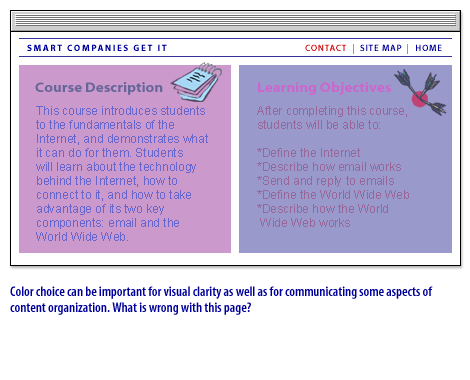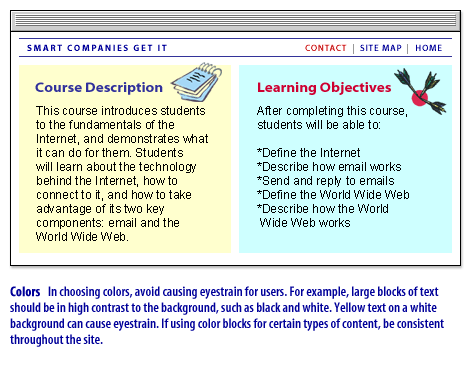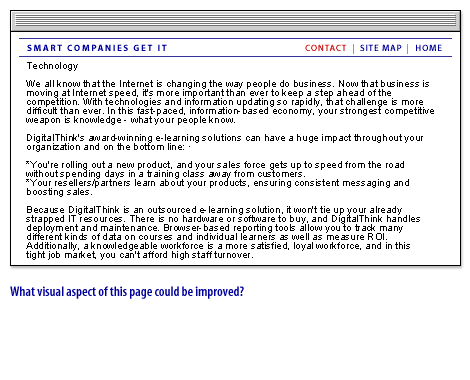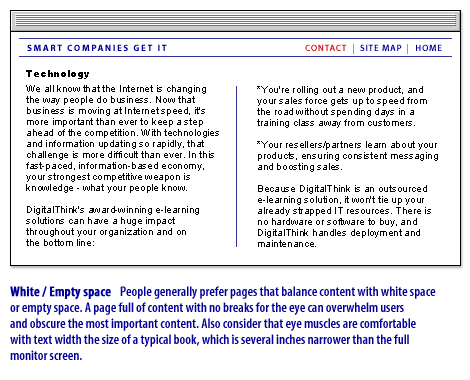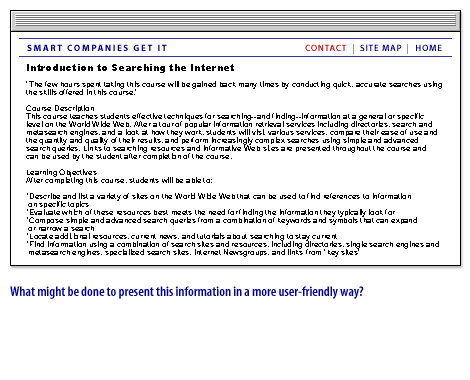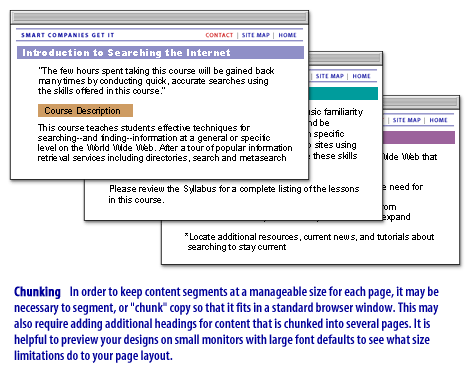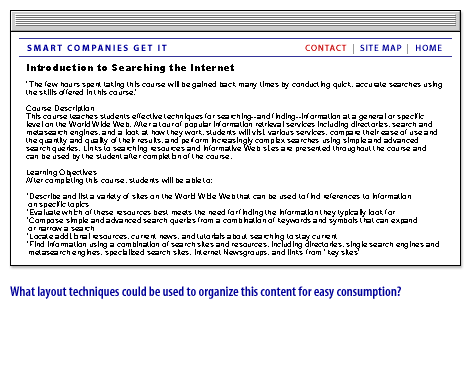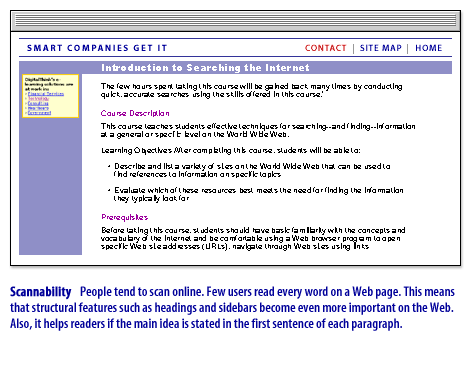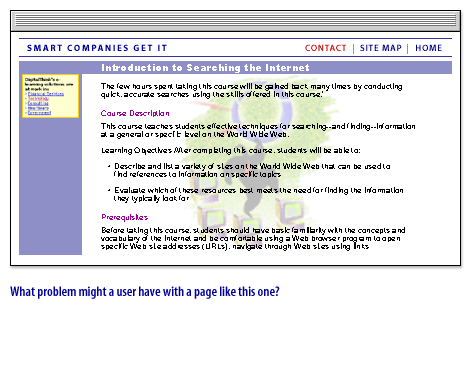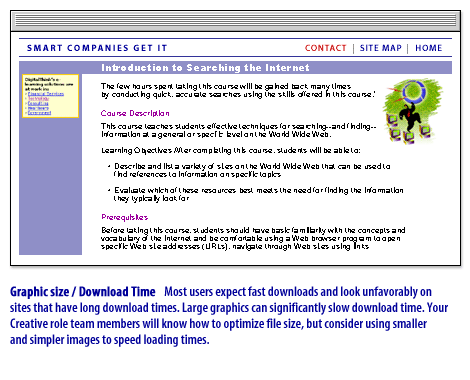Human - Computer Interface Standards
It is often assumed that a standard means a precise specification. Such standards have brought benefits in many fields, i.e.:
- bolts which screw into nuts,
- ATMs which can read credit cards, and
- compilers which can read programming languages.
- One is a "top-down" approach which is concerned with usability as a broad quality objective: the ability to use a product for its intended purpose.
- The other is a product-oriented "bottom-up" view which is concerned with aspects of the interface which make a system easier to use.
